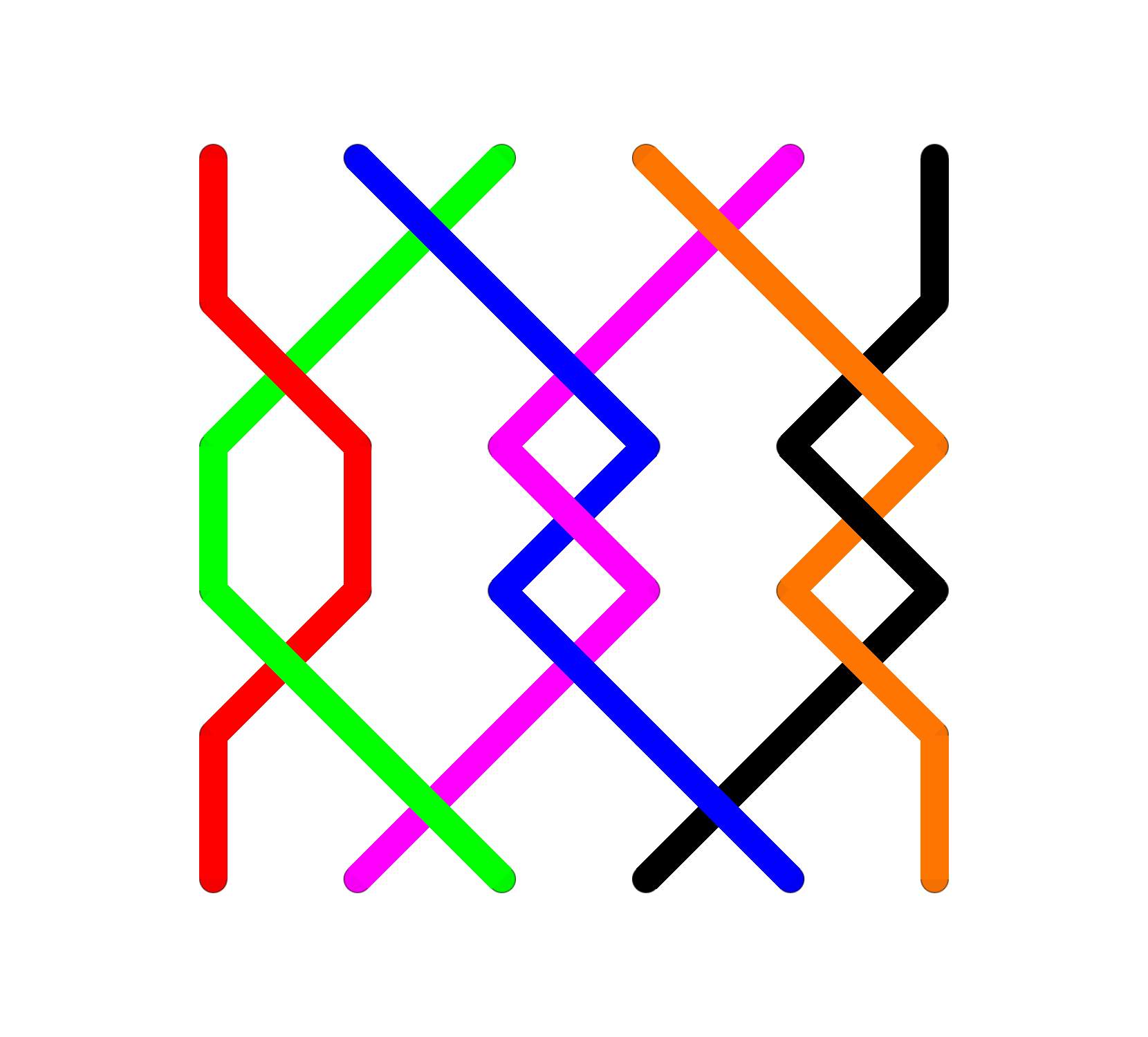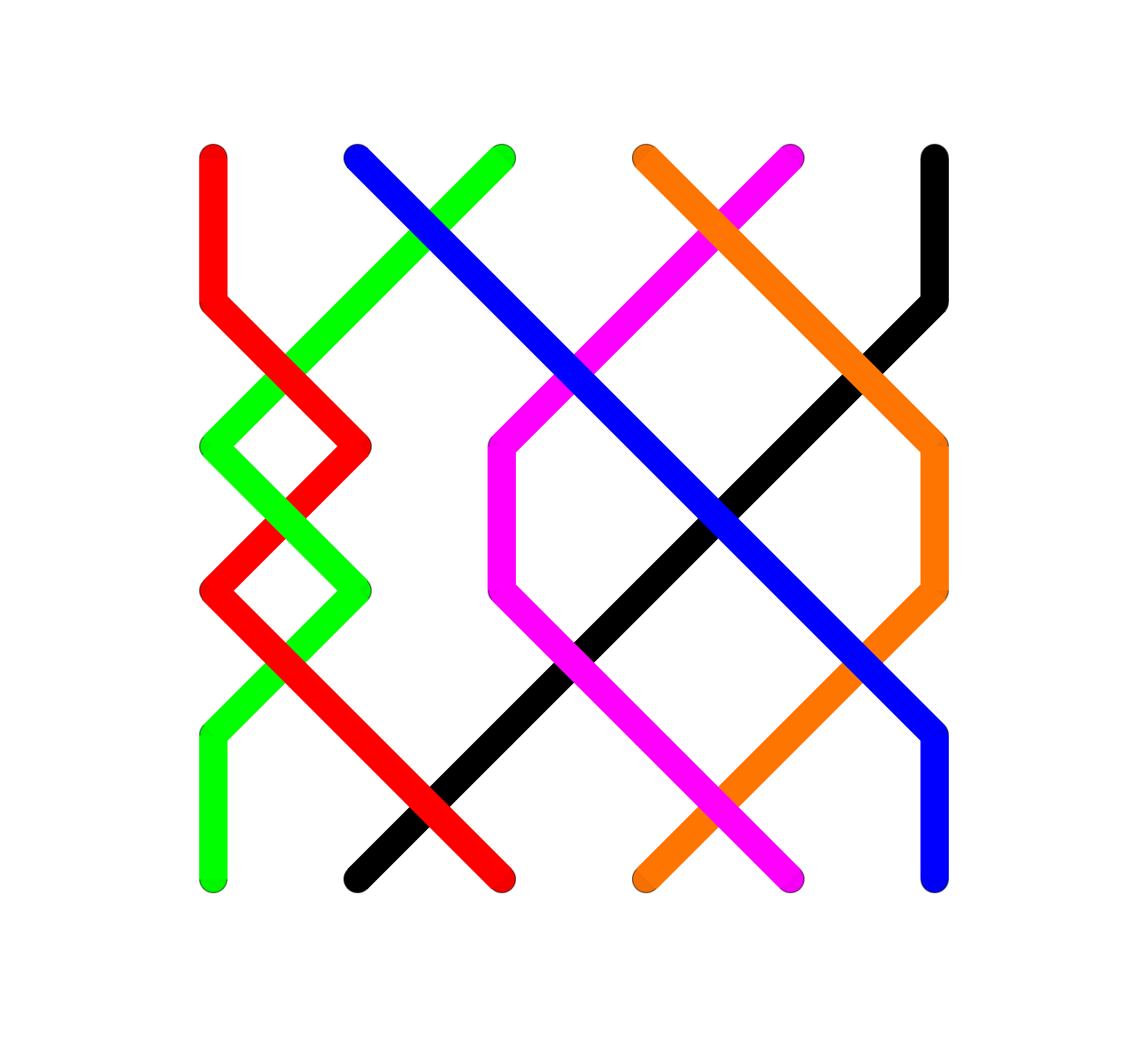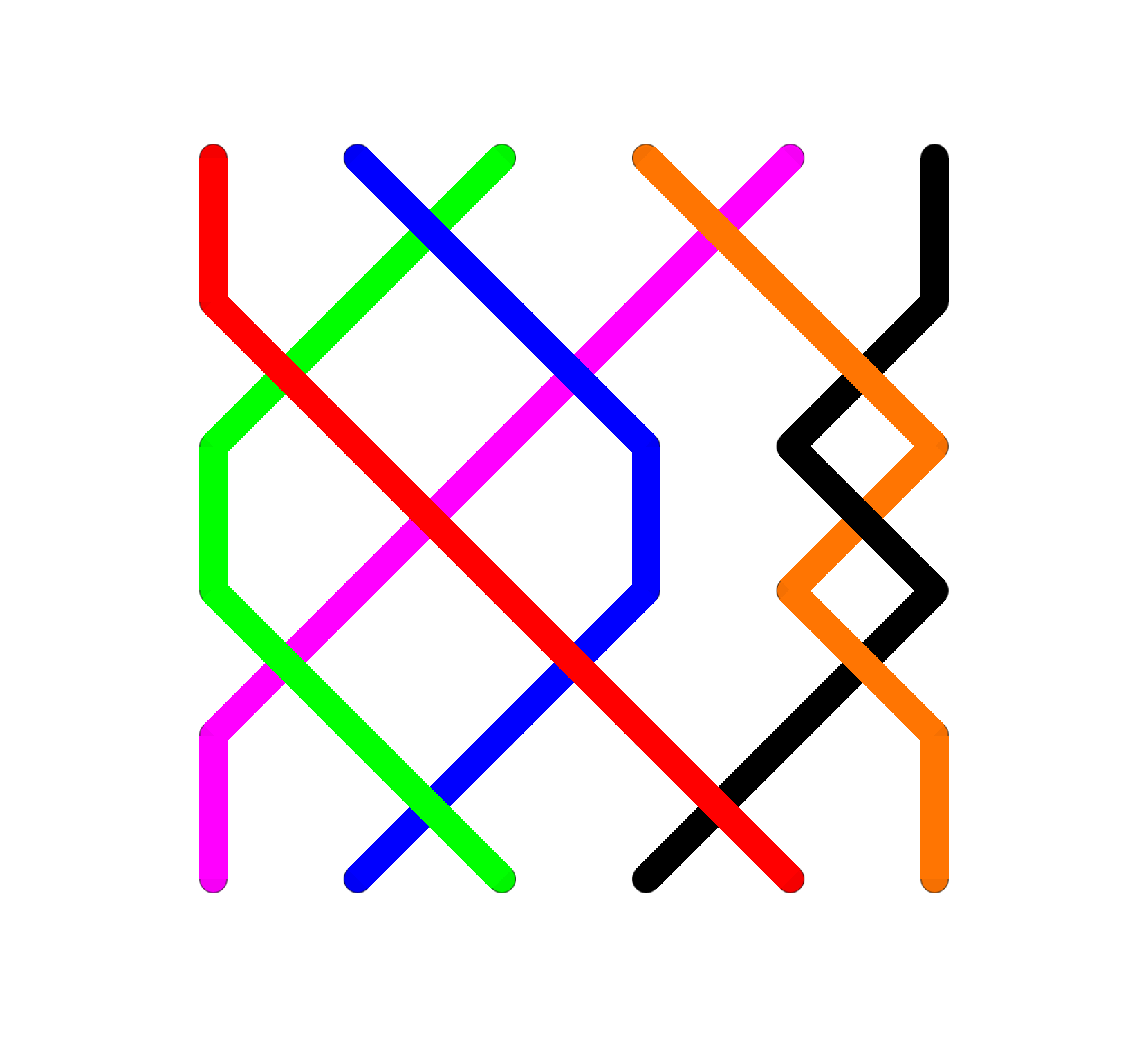Ringing using place notation
What is place notation?
Place notation is a short-hand way of describing a method without the complication of drawing a diagram. It is quite possible to ring handbells (particularly on 6 bells) using place notation. It is often used to communicate a new method to another person by text or to a computer.
Place notation uses four different types of notation:
- An “x” means all adjacent bells swap position
- One or more numbers mean that a place is made in the positions indicated by the number(s)
- A “.” separates places if they come immediately after each other
- A “,” before the last numbers denotes that these places are at the lead head
Using these four types of notation, all the methods that have ever been rung on any number of bells can be defined with a single row of characters.
Plain Bob Minor – place notation is x16x16x16,12
St Clements Minor – place notation is x16x36x36,12
Cambridge Surprise Minor – place notation is x36x14x12x36x14x56,12
This series of characters defines the places that are made at each change. As methods are symmetrical, place notation is usually only written down for the first half lead i.e. until the treble rings at the back of the change.
Place notation on 6 bells
Right place methods on 6 bells have a limited number of building blocks based on place notation:
- (x16) is the plain hunt building block.
- (x12) is the block found at the Plain Bob lead end – seconds is made over the a bell, whilst the other bells dodge in 3/4 and 5/6.
- (x14) is the block found when a bob is called at the Plain Bob lead end – the bell making the bob makes fourths, whilst the other bells in 2/3 plain hunt and the bells in 5/6 dodge. It is also found at the half-lead in Little Bob Minor.
- (x56) is the block found at the half-lead in Reverse Bob or Cambridge Surprise Minor – one bell makes fifths under the treble, which the bells in 1/2 and 3/4 dodge.
- (x36) is the block found in St Clements or New London Bob – it causes a dodge in 1/2, two bells to cross or hunt in 4/5, whilst the bells in thirds and sixths place make a place.
By starting with Plain Hunt and gradually introducing new building blocks it is possible to learn to ring right placed methods using place notation.
Summary
Seconds place (x12)
Causes dodges in 3-4 and 5-6.

Thirds place (x36)
Causes a dodge in 1-2.

Thirds place (x34)
Causes dodges in 1-2 and 5-6.

Fourths place (x14)
Causes a dodge in 5-6.

Fifths place (x56)
Causes dodges in 1-2 and 3-4.

Learning more
You can ask a more experienced ringer in your tower to show you how to write out your chosen method or there are some excellent online resources that you can use.
As you write out the method keep on eye on the path of the treble – in almost all methods it will either plain hunt or treble bob. If the path of the treble deviates from either of these then you’ve almost certainly made a mistake.
» More about place notation
Exercises
A lined piece of paper along with a pencil is all that you need to construct a method using place notation. Select a Treble Bob or Surprise Minor method as it will have more rows to get the hang of the idea in comparison with a plain method. If you want, you could use the Cambridge Surprise Minor place notation from above.
Complex methods
London Surprise Minor
36x36.14x12x36.14x14.36,12
Cambrai Alliance Major
x38x14x18x12x18x3456x78,12